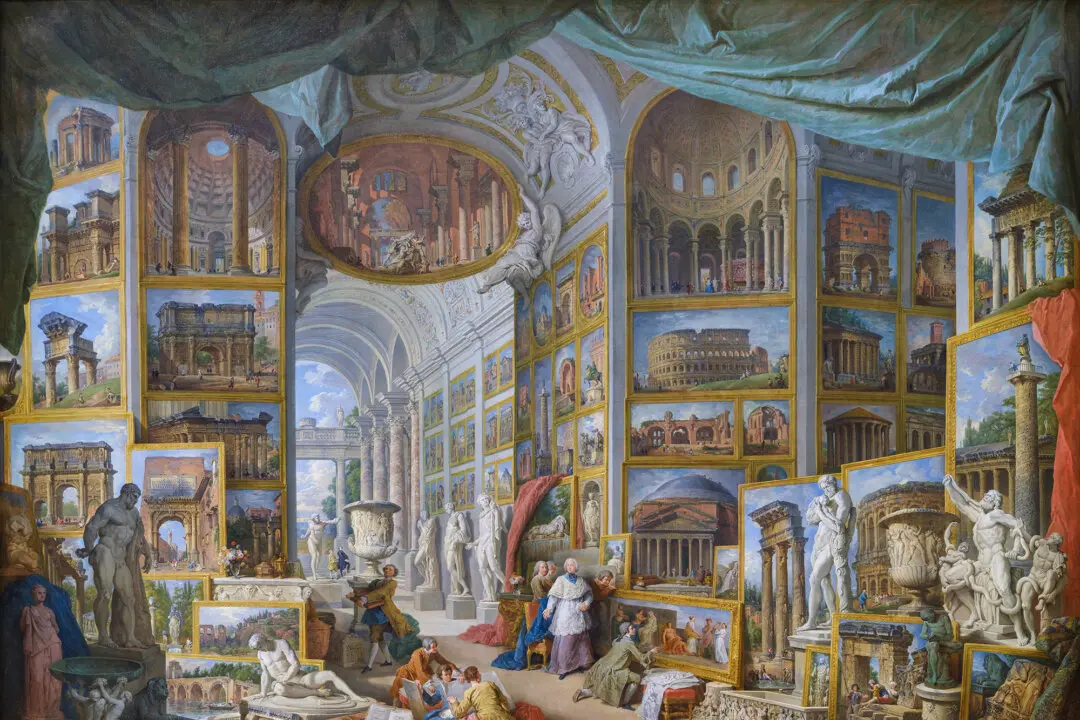Pull a one-dollar bill from your wallet, look at the back, and you’ll find two circular images depicting the Great Seal of the United States. Here you’ll find “Annuit Coeptis” (He favors our undertakings), “Novus Ordo Seclorum” (a new order of the ages), and “E Pluribus Unum” (out of the many, one). At the base of the pyramid are the Roman numerals for 1776, MDCCLXXVI.
That eagle clutching an olive branch with 13 leaves and a sheaf of 13 arrows dates back to the “aquila,” the standard carried by Roman legions into battle. In a 1784 letter to his daughter Sarah, two years after the Continental Congress authorized the Great Seal, Benjamin Franklin bemoaned the adoption of the eagle as a symbol of American power, writing that it was “by no means a proper emblem for the brave and honest Cincinnati of America,” referring to a Roman hero, Cincinnatus, who by his deeds became a symbol for self-sacrifice and patriotism.






